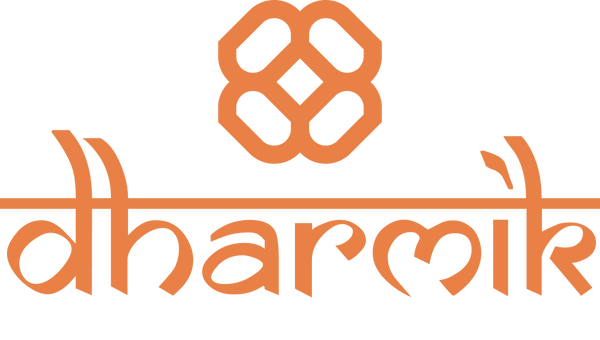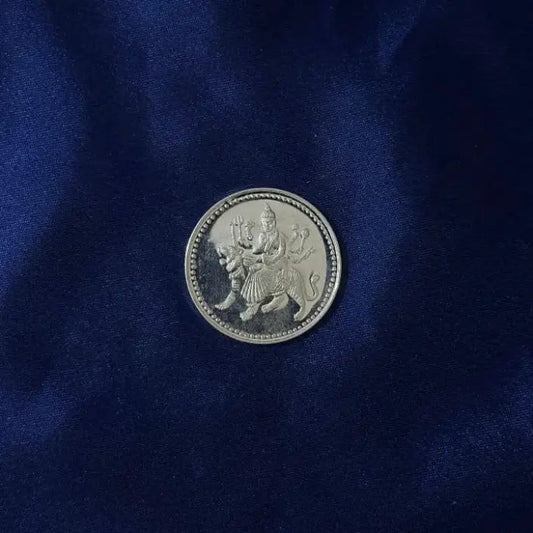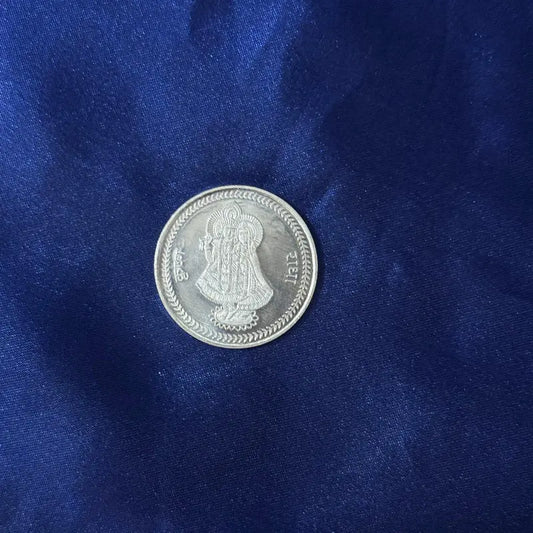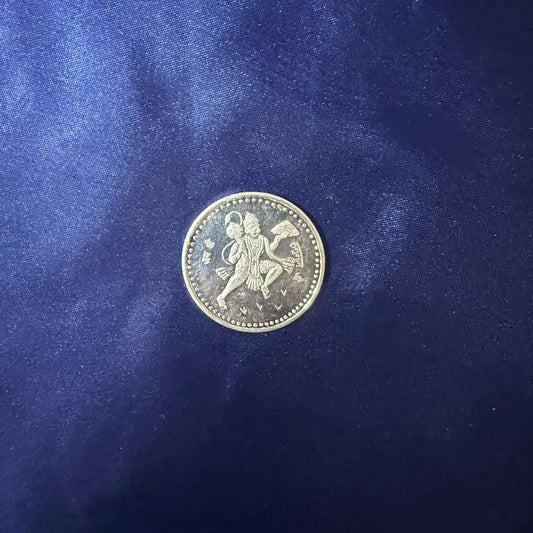
Dussehra and Diwali in Gujarat: From Ravan Dahan to Vibrant Diyas and Govardhan Puja
Share
Gujarat, the land of colors, traditions, and festivals, is one of India’s most culturally vibrant states. Festivals here are celebrated with devotion, grandeur, and a sense of community that makes them unforgettable. Among all, Dussehra and Diwali stand out for their scale and depth of rituals.
From the fiery spectacle of Ravan Dahan to the illumination of vibrant diyas and the devotion of Govardhan celebrations, Gujarat turns these festivals into a blend of spirituality, joy, and unity. Every ritual, from Durga puja to Krishna’s Govardhan worship, adds a unique Gujarati touch to the season of festivities.

The Grandeur of Dussehra in Gujarat
Dussehra marks the victory of good over evil, celebrated with great enthusiasm in Gujarat. The day begins with special Durga puja rituals, as devotees seek the Goddess’s blessings for strength and prosperity. The highlight, however, is the symbolic Ravan Dahan, where effigies of Ravana, Meghnath, and Kumbhakarna are set on fire, representing the destruction of arrogance and evil.
In cities like Ahmedabad, Vadodara, and Rajkot, massive crowds gather to witness the dramatic burning of Ravana, an event that resonates with moral lessons and community bonding. Dussehra in Gujarat is not only about Ravan Dahan, but also about preparing for the upcoming Diwali, where homes will soon glow with light and devotion, leading to the celebrations of Govardhan.
Transition from Dussehra to Diwali
Once the echoes of Ravan Dahan fade, people in Gujarat immediately begin preparations for Diwali, the festival of lights. This transition is spiritual and festive at the same time. Markets fill with shoppers buying clothes, sweets, diyas, and decorations. Families clean and renovate their homes, believing that cleanliness invites prosperity.
Durga puja is soon replaced by Lakshmi puja preparations, where Goddess Lakshmi is welcomed into every household. The essence of Diwali in Gujarat lies in its balance—honoring tradition while embracing joy. Alongside Lakshmi puja, people also look forward to Govardhan rituals, which follow right after the night of lights, extending the celebrations into multiple days.
Diwali in Gujarat – A Festival of Lights and Unity
Diwali in Gujarat is celebrated over five days, each holding deep cultural meaning. From Vagh Baras to Bhai Dooj, the state glows with enthusiasm. Families decorate their homes with rangoli, and every corner shines with diyas, symbolizing the triumph of light over darkness. The main day is dedicated to Lakshmi puja, when business communities perform special rituals in their shops and offices, seeking prosperity for the coming year. The festival is not only about wealth but also about togetherness, as communities gather to light fireworks and share sweets.
This grandeur makes Diwali in Gujarat more than just a celebration—it becomes an embodiment of devotion and community spirit, much like the lessons taught by Ravan Dahan and carried forward into Govardhan traditions.

Vibrant Diyas and Gujarati Traditions
One of the most striking features of Diwali in Gujarat is the use of vibrant, hand-painted diyas. Unlike simple clay lamps, Gujarati artisans create colorful designs that add to the festival’s beauty. Lighting diyas is not only an aesthetic act but also a spiritual one, symbolizing the victory of good and the removal of negativity. These diyas are lit during Lakshmi puja, filling homes with radiance.
The tradition of lighting hundreds of lamps across temples, homes, and public spaces transforms the state into a glowing wonderland. Just as Ravan Dahan symbolizes burning away evil, lighting diyas represents spreading positivity. Together with the rituals of Govardhan, these practices make Diwali in Gujarat both spiritual and spectacular.
The Importance of Puja During Festivities
At the core of both Dussehra and Diwali in Gujarat lies devotion expressed through puja. During Dussehra, Durga puja is performed to honor the Goddess, while on Diwali, Lakshmi puja takes center stage, with families offering prayers for peace, wealth, and happiness. Each ritual is carefully observed, from chanting mantras to offering sweets, flowers, and diyas.
The continuity of puja across festivals shows how spiritual practice binds people together. In Gujarat’s villages and towns, collective puja ceremonies are common, creating unity and cultural pride. Whether it is Ravan Dahan, Lakshmi worship, or Govardhan offerings, every ritual in Gujarat emphasizes devotion as the heart of celebration.
Govardhan Puja – Extending the Festivities
The day after Diwali is celebrated as Govardhan Puja, marking the story of Lord Krishna lifting the Govardhan Hill to protect villagers from torrential rains. In Gujarat, this ritual is observed with great devotion. Farmers decorate their cattle, prepare special food offerings, and create symbolic models of the Govardhan Hill using cow dung, flowers, and sweets. These offerings are then worshipped as part of puja, thanking nature and God for sustenance.
Just as Ravan Dahan teaches lessons of humility, Govardhan highlights gratitude and environmental balance. The spirit of Govardhan Puja reflects the Gujarati way of life—respect for agriculture, community, and divine protection. Together with Diwali, this festival reinforces the idea that prosperity and spirituality must go hand in hand.
Five-Day Celebration of Diwali in Gujarat
To understand the richness of Diwali in Gujarat, it helps to look at the five days of festivities:
- Vagh Baras – Worship of cows and repayment of debts.
- Dhanteras – Buying gold, silver, and utensils for good fortune.
- Kali Chaudas – Warding off evil spirits, much like the symbolism of Ravan Dahan.
- Diwali – Lakshmi puja, lighting diyas, and family celebrations.
- Govardhan Puja and Bhai Dooj—honoring Krishna and celebrating sibling love.
Each day is filled with puja, rituals, and traditions, making the festival season in Gujarat a blend of devotion and cultural richness.

FAQs on Dussehra and Diwali in Gujarat
Q1. How is Dussehra celebrated in Gujarat?
Dussehra in Gujarat involves Durga puja and the dramatic Ravan Dahan, symbolizing the triumph of good over evil. Communities gather for fairs, rituals, and festive events.
Q2. Why is Diwali so special in Gujarat?
Diwali in Gujarat is celebrated for five days with diyas, rangoli, fireworks, and Lakshmi puja. It is also significant for traders, as they begin their new financial year during this period.
Q3. What is the significance of Govardhan Puja?
Govardhan Puja honors the story of Krishna lifting the Govardhan Hill. In Gujarat, people create symbolic hill models, perform puja, and offer food as gratitude for nature’s blessings.
Q4. Are diyas important in Gujarat’s Diwali?
Yes, vibrant diyas are central to Diwali in Gujarat. Lighting them during Lakshmi puja represents positivity, prosperity, and the removal of darkness.
Q5. How are puja rituals different across festivals?
During Dussehra, Durga puja is central, while Diwali focuses on Lakshmi puja and the following Govardhan Puja, showing the diversity of devotion in Gujarat.
Final Thoughts
Dussehra and Diwali in Gujarat reflect the perfect balance of spirituality and festivity. From the dramatic spectacle of Ravan Dahan to the radiance of diyas, and from Durga Puja to the gratitude-filled Govardhan rituals, every moment is rich with meaning. The festivals bring families and communities together, highlighting values of unity, devotion, and cultural pride.
What makes Gujarat truly special is how these traditions are celebrated with unmatched energy, turning festivals into collective experiences of joy and devotion. In essence, the spirit of Diwali and its extended rituals in Gujarat remind us that light, gratitude, and faith are the guiding forces of life.
👉Shop Your Durga Darbar Gold-Plated Idol Here:





